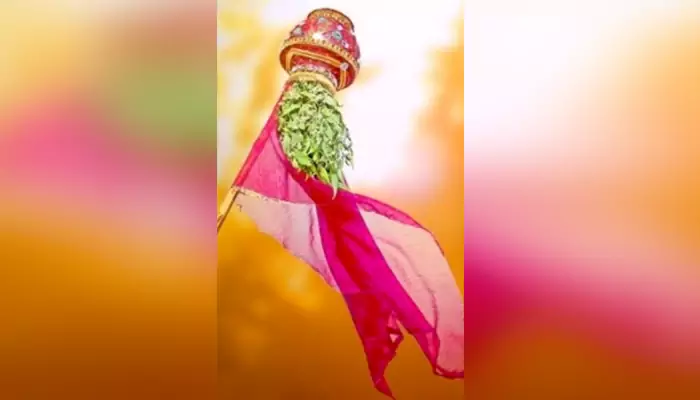
Ever wondered what makes the Gudi so special? Dive into the rich symbolism and simple joys of crafting this vibrant Marathi New Year centerpiece!
The Gudi isn’t just a decorative piece—it’s a beacon of hope, victory, and new beginnings. As Maharashtra gears up to celebrate Gudi Padwa, the sight of these colorful flags fluttering outside homes brings a sense of joy and tradition. But what exactly goes into making the perfect Gudi? And what deeper meanings hide behind its bright colors and ornaments? Let’s unravel the magic!
If you’ve ever spotted a bamboo stick topped with a bright green or yellow cloth, a sugar garland (neem leaves optional), and a shiny copper or silver pot (kalash) turned upside down—congrats, you’ve seen a Gudi! This festive flag is the star of Gudi Padwa, marking the Marathi New Year and the arrival of spring.
But here’s the fun part: it’s not just for show. Every element has a story, a purpose, and a whole lot of cultural love behind it.
That tall bamboo pole? It’s not just holding everything together—it’s a symbol of strength and flexibility. Just like bamboo bends but doesn’t break, the Gudi reminds us to stay resilient through life’s ups and downs.
The vibrant green or yellow silk cloth tied at the top represents victory and good fortune. Historically, it’s said to mimic the flag hoisted by warriors after a triumphant battle. Today, it’s a cheerful nod to prosperity and fresh starts.
The dangling sugar crystals (or sometimes neem leaves with jaggery) aren’t just for decoration. They symbolize life’s balance—sweetness (happiness) and bitterness (challenges). Eating this combo on Gudi Padwa is believed to purify the body and prepare you for the year ahead.
The shining copper or silver pot at the very top? It’s not a random choice. In Hindu tradition, the kalash holds sacred water, and placing it upside down is said to shower blessings and ward off negativity. Think of it as an ancient good luck charm!

Want to make your own Gudi? Here’s how to do it right:
You’ll need:
- A long bamboo stick (fresh and sturdy)
- A bright green or yellow cloth (silk works best)
- A string of sugar crystals (or neem leaves + jaggery)
- A shiny copper/silver pot (kalash)
- Fresh flowers or mango leaves for extra flair
Traditionally, the Gudi is placed outside the house—near the entrance or a window—where it can catch the morning sun. It’s believed to invite positivity and keep bad vibes away.
In a world where traditions sometimes fade, the Gudi stands strong—a colorful reminder of heritage, hope, and new beginnings. Whether you’re Marathi or just love a good cultural deep-dive, crafting a Gudi is a beautiful way to connect with history and celebrate fresh starts.
So this Gudi Padwa, why not try making one yourself? Who knows—it might just bring that extra spark of luck and joy into your home!
The Gudi isn’t just a decoration; it’s a story, a blessing, and a celebration rolled into one vibrant flag. And now that you know its secrets, you’ll never look at it the same way again! Happy Gudi Padwa!